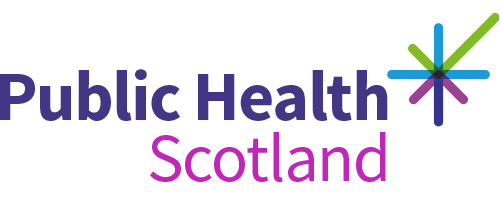- Published
- 25 September 2025
- Journal article
School is more than a place to learn: an intersectoral assessment of adolescent well-being prior to and after the COVID-19 pandemic in the WHO European Region
- Authors
- Source
- Public Health in Practice
Abstract
Objectives: Adolescents’ lives around the world were significantly disrupted during school closures to contain the COVID-19 pandemic. As well as the learning losses that ensued, commentators have noted the pandemic’s often negative impact on a wide range of issues including mental health and nutrition. This study sought to understand how adolescent well-being changed following the pandemic period across the WHO European region. Study Design Using data from two international surveys for countries in the WHO European region, Health Behaviour in School-aged Children (HBSC) and Programme for International Student Assessment (PISA), this secondary analysis examines adolescent well-being pre- and post-pandemic, as well as associations with socioeconomic status (SES) and school closure duration. Methods: The UN H6+ framework for adolescent well-being informed selection of indicators from both surveys, mapped against its five domains: 1) Good health and optimum nutrition, 2) Connectedness, positive values and contribution to society, 3) Safety and a supportive environment, 4) Learning, competence, education, skills and employability, and 5) Agency and resilience. Following selection of one indicator per domain for analysis, overall trends between 2018-2022 and 2014-2018 were described, and outcomes by most and least deprived quintiles of SES compared. Logistic fixed effect regression models were employed to analyse the change between 2018 and 2022 for the binary variables in domains 1,2,3 and 5. Linear fixed effect regression models were used for continuous variables in domain 4. Finally, measures of SES and school closure duration were added as interaction terms to the models. Results: A decrease in adolescent well-being was seen across all domains between 2018 and 2022, apart from domain 1 (physical activity) which showed an increase. These changes were statistically significant for all except domain 3 (bullying). High family support decreased by 17% (OR: 0.827; 95% CI: 0.720 to 0.949) and feeling pressured by schoolwork increased by 40% (OR: 1.402; 95% CI: 1.242 - 1.581). PISA average scores for Maths and Reading decreased, by –15.153 (95% CI: -22.229 to -8.078) and –12.482 (95% CI: -20.184 to –4.779), respectively. SES had a greater association with assessment scores for Maths (p=0.027), and Science (p=0.002) in 2022 than in 2018, resulting in a growing inequity gap. None of the included wellbeing indicators showed a statistically significant association for every 30 days of school closure duration. Conclusions: Adolescent well-being declined during the pandemic; this was especially seen in education outcomes for adolescents from the most deprived backgrounds. Leveraging existing health and education datasets enables an intersectoral approach to support those who have fallen behind. Future pandemic response decisions, such as school closures, must carefully balance protection from infectious diseases with the impacts on education and student well-being.
Cite as
Limburg, M., Cronin, M., Black, M., Inchley, J., Jourdan, D., Jung-Sievers, C., McHale, P., Rehfuess, E., Tsai, M. & Gray, N. 2025, 'School is more than a place to learn: an intersectoral assessment of adolescent well-being prior to and after the COVID-19 pandemic in the WHO European Region', Public Health in Practice, 10, article no: 100654. http://dx.doi.org/10.1016/j.puhip.2025.100654
Downloadable citations
Download HTML citationHTML Download BIB citationBIB Download RIS citationRISIdentifiers
- Repository URI
- https://eprints.gla.ac.uk/368305/
